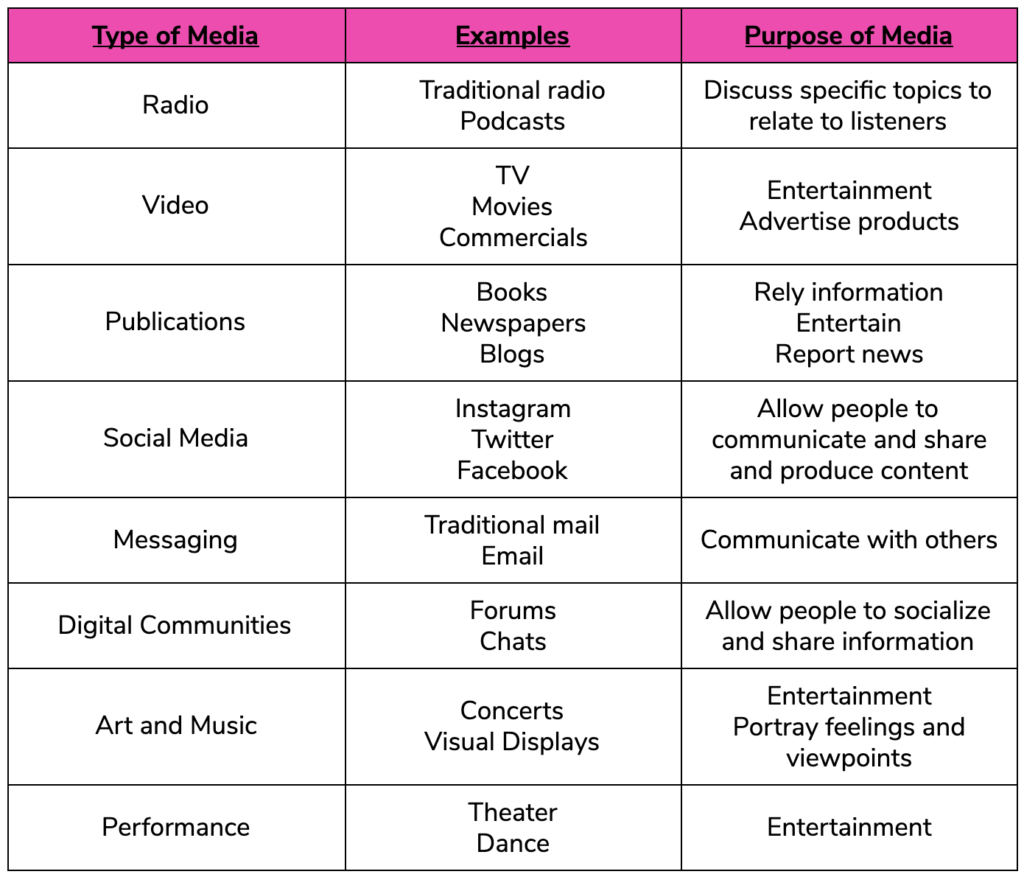ELAR 7-12 Domain IV: Oral Communication and Media Literacy
Overview
Domain IV has about 15 questions which accounts for about 15% of the entire test.
This domain contains 2 competencies:
- Promoting Listening and Speaking Skills
- Teaching Media Literacy
So, let’s talk about Promoting Listening and Speaking Skills first.
Promoting Listening and Speaking Skills
This competency tests your knowledge of promoting listening and speaking skills.
Let’s discuss a couple of concepts.
The Role of Cultural Factors in Oral Communication
Cultural factors impact oral communication greatly. For example, some cultures rely heavily on electronic technology and use written messages over oral or face-to-face communication. However, there are nations that have access to the latest technology but prefer face-to-face communication.
Cultural factors also influence the type of agreements that are binding as formal contracts. High-context cultures like Latin American, African, and Asian cultures leave much of the message to be interpreted through context, nonverbal cues, and between the lines. In contrast, low-context cultures like German and English expect messages to be specific and explicit.
How Culture Impacts Oral Communication within the English Language:
Indians and Japanese tend to use more nouns which make the language heavy and cumbersome; native users of the language, on the other hand, use more verbs which make the language more direct and dynamic.
Japanese: The police conducted an investigation into the murder.
English: The police investigated the murder.
Native users of English prefer the active voice whereas Asian users tend to use the passive voice more. This directly relates to how they communicate in their own language.
Asian: Allow the bill to be paid by me.
English: Let me pay. I’ll pay.
Japanese and Indians find it rather more difficult to say “no” directly. It can sound rude or “in your face”. They would rather imply a negative than say it out loud. This can cause misunderstandings as westerners sometimes might assume a deal is done and dusted, whereas there was never a “yes” implied.
Resource
Active Listening
Active listening is when you make a conscious effort to hear the words that someone is saying and understand the complete message being communicated. This is important because it impacts job effectiveness and the quality of relationships with others. Teachers can model and encourage the use of active listening by focusing on their students when they are speaking in a couple of different ways.
Examples of How to Be an Active Listener:
- Pay Attention: look students in the eye, put aside distracting thoughts, avoid environmental distractions
- Show That You’re Listening: nod, smile, keep posture straight showing the speaker you are interested and engaged
- Provide Feedback: reflect on what was said by paraphrasing, ask questions to clarify, summarize comments periodically
- Respond Appropriately: be open and honest, assert your opinions, treat the other person the same way you want to be treated
Teaching Media Literacy
This competency tests your knowledge of teaching media literacy.
Check out the following important concepts.
Types and Purposes of Media

Fair Use
Fair use is brief excerpts of copyright material that may be directly quoted without the need for permission from the copyright holder. Section 107 of the Copyright Act provides the framework for determining when something is fair use and identifies the type of use including news reporting, teaching, and research. Although teaching is one of the types of uses covered under fair use, teachers do need to consider it when they are planning and during their instruction. Before a teacher uses copyright information in their planning and instruction they must consider whether it is for strictly nonprofit educational purposes, the nature of the copyrighted work, the amount of the copyrighted work being used, and the effect of the use of the potential market.
And that’s some basic info about Domain IV in the ELAR 7-12 test.
